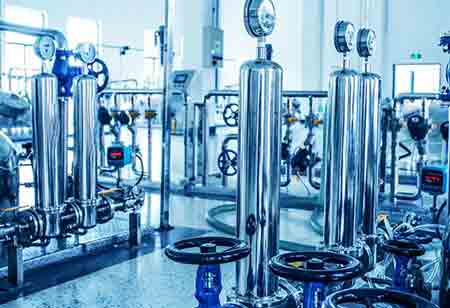Advancements in nanomaterials, enzyme catalysis, and flow chemistry are transforming the production of specialty chemicals, reducing energy consumption and ensuring high-quality products.
FREMONT CA: Specialty chemicals, a diverse range of products utilized across various industries, have become integral to modern life. These high-value compounds are essential in pharmaceuticals, agrochemicals, electronics, and cosmetics sectors. Traditionally, the production of specialty chemicals has been both energy-intensive and environmentally taxing. However, a paradigm shift is occurring, fueled by the development of innovative catalyst solutions.
Tailored catalysts are essential in producing specialty chemicals, which often involve complex, multi-step reactions. These catalysts are meticulously engineered for specific responses and molecules to optimize efficiency and selectivity. They possess distinctive properties that significantly enhance their performance. For instance, catalysts are designed with selectivity in mind, targeting specific functional groups or bonds within a molecule, thereby minimizing the formation of unwanted byproducts. Their high activity levels enable the rapid conversion of reactants into products, boosting overall production rates. Additionally, these catalysts are engineered for stability, ensuring they maintain their catalytic efficacy under various reaction conditions over extended periods.
Catalyst solutions are transforming the production processes in various industries. In the pharmaceutical sector, asymmetric catalysis facilitates the production of chiral drug molecules with high enantiomeric purity, ensuring both efficacy and safety. This technology also enhances the synthesis of complex drug intermediates and active pharmaceutical ingredients (APIs), improving yields and reducing environmental impact. In the agrochemical industry, catalysts are vital for synthesizing herbicides, pesticides, and fungicides with increased selectivity, contributing to the development of more sustainable and environmentally friendly solutions. The electronics industry benefits from catalysts in producing materials such as semiconductors and displays, enabling precise control over properties and enhancing device performance. Similarly, in the cosmetics industry, catalysts are crucial in synthesizing fragrances, preservatives, and other ingredients, ensuring stability and safety while enabling the creation of more natural and sustainable formulations.
Ongoing research and development in catalyst solutions continue to push the boundaries of specialty chemical production. Recent advancements include nanomaterials like nanoparticles and nanowires, which offer enhanced surface area and catalytic activity, thereby improving reaction efficiency. Enzyme catalysis is also gaining attention due to its high selectivity and sustainability in chemical production. Additionally, the integration of catalysis with continuous flow processes—known as flow chemistry—allows for precise control over reaction conditions, resulting in improved yields and reproducibility.
The environmental and economic benefits of catalyst solutions are considerable. By enabling more efficient reactions, catalysts contribute to reduced energy consumption and lower greenhouse gas emissions. The design of catalysts that minimize waste generation leads to an improved atom economy, promoting a more circular economy. Furthermore, catalysts ensure the production of high-quality specialty chemicals with fewer impurities, reducing production costs by improving yields and lowering energy demands.
Catalyst solutions are significantly transforming the production of specialty chemicals. Manufacturers are achieving enhanced efficiency, sustainability, and product quality by employing tailored catalysts and innovative methodologies. As research and development in this field continue to progress, the industry can anticipate even more groundbreaking applications and benefits in the future.

